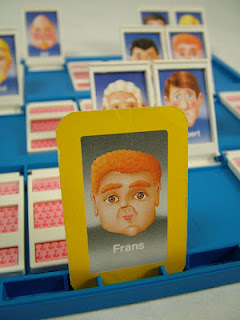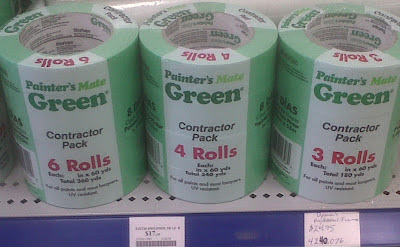I teach university courses in mathematical problem solving at St. Francis Xavier University during my Summer break. The classes involve initiating numerous problem solving episodes and then interrogating and filtering our collective experience through the lens of current theory in the field. This structure provides plenty of opportunity to workshop new ways to launch tasks, and this year, I began experimenting with a new sort of launch routine that had pleasant results. This post is an attempt to reflect on why that may have been the case.
First, however, you must indulge me by responding to a prompt in five seconds or less.

